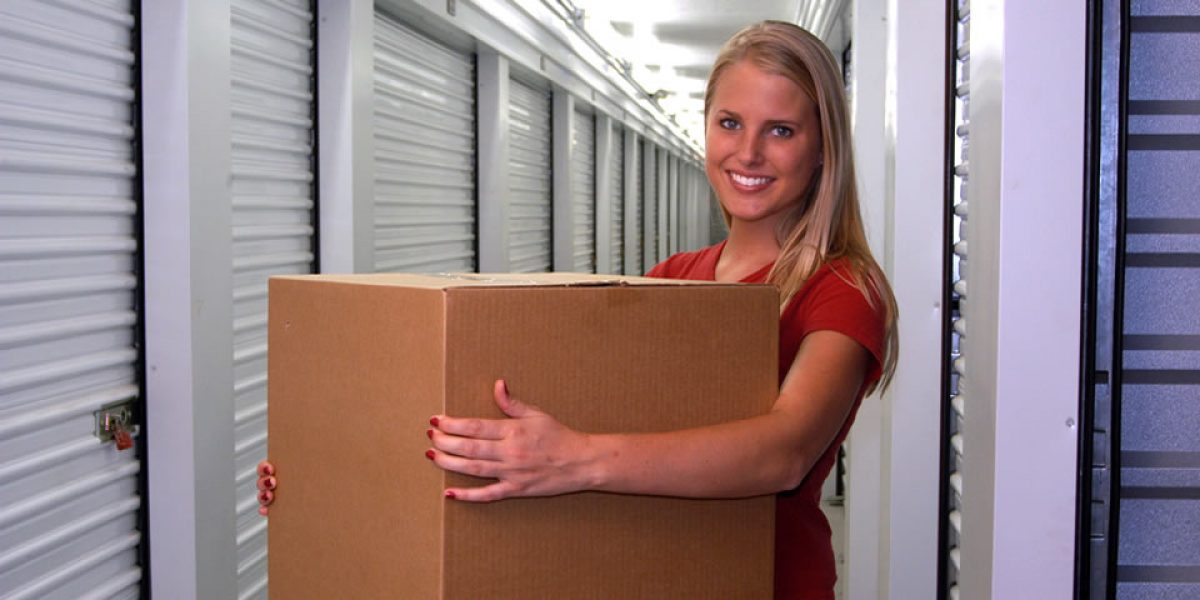What is Self-Storage?
Self-storage is the term applied to facilities offering rental on a month-to-month basis where the tenant applies his lock and has sole access to his unit. No bailment is created by the facility, i.e., no care, custody or control. It is the rental of “air space” not physical boundaries. While many types of structures have been utilized, including warehouses, car dealerships, and other prior-use buildings, the most common types of facilities were designed for this purpose.
Background and History
Personal storage first began in England when British banking institutions were asked to safeguard valuables for clients embarking on extended voyages. Overcrowded vaults quickly forced bankers to seek storage in lofts from drayage (moving) companies. The first warehouse specifically constructed for household/personal items was built in the 1850’s. In the mi2013-10-28d 1960’s, Texas saw the first self-storage facilities as we know them today. Becoming immediately successful, development of facilities spread quickly throughout the United States and Canada, with facilities now being constructed in Australia, Europe and South Africa.
Self-storage has matured as a viable real estate form and is now prevalent throughout the United States and several foreign countries including South Africa. While still viewed by many in the real estate industry as an “ugly duckling”, self-storage has proven its value as a basic real estate product with many unique, high performance characteristics.
Estimates of the overall number of self-storage facilities operating in the United States varies greatly. Most industry veteran’s estimate approximately 45,000 facilities are now in operation. Other sources contend that the figure is closer to 50,000.
Business Storage
As the population became more familiar with self-storage, the demand for off-site storage expanded to accommodate the growing needs of the business community, storing files, medical records, excess inventory, equipment, etc. In some areas business storage accounts for 30 percent or more of the total tenancy of the facility. Easy access, convenient office hours, short term rental agreements and no long term commitment to pay for space which may not be needed in the future, make the self-storage facility extremely attractive to the retail customer, contractor, home based businesses, manufacturers and pharmaceutical representatives, etc.
Legalities
Self-storage was born without a legal status. Because individual storage units are rented or leased and the facility operator does not assume “care, custody or control” of the goods stored, self-storage is not a warehouse operation. On the other hand, the traditional landlord/tenant relationship between, say, an apartment house owner and his tenant, is not workable in most jurisdictions because of the expensive eviction procedure and time consuming court process which must be used in dealing with delinquent tenants.
Self-Storage Association (‘SSA’)
Self-storage has evolved and matured as an industry largely due to the formation of the Self-Storage Association in 1975. As in the case of most associations, the SSA brought people together and created a forum for the sharing of experiences, observation of trends and the aggregation of a market which encouraged the development of many products and services tailored to self-storage operations.








